North Dakota in “Eye of Trade Storm”
(BISMARCK, ND) – Kevin Cramer is “betting the farm on the president,” choosing to stand with the president 100 percent of the time even as “[t]he trade dispute continues to drive soybean prices lower, as China’s retaliatory tariffs hurt orders for soybeans.” Just this week, “soybean prices fell to a decade-low” – a result of the growing trade war – but Cramer is still kowtowing to the president and putting his political capital first.
Reuters: Grains-Soybean Prices Edge Down, Linger Near Decade-Low
Fence Post: Brazil soybean exports to China soar
Markets Insider: Soybeans plunge to near their lowest level in a decade
- “Soybean prices fell to a decade-low on Tuesday after data pointed to a quickly advancing US harvest and as the Trump administration escalated trade tensions with the China, the largest destination for American exports of the legume.”
Farm Bureau News: As Harvest Marches On, Tariff Pain to Follow
- “[T]he feeling that the worst is yet to come hangs over producers. The consensus is that the impact of lower prices and weak demand from some key foreign customers will be most widespread as the combines roll and harvest 2018 gets underway.”
Bloomberg: Soy Boom State Finds Itself in Eye of Trade Storm
- North Dakota — home to the fourth-smallest U.S. population — is suddenly finding itself at the center of the escalating trade war between the world’s largest economies.
- Positioned closer to western U.S. ports than most areas of the soy belt, farmers [in North Dakota] were in a unique position to capitalize on China’s skyrocketing demand for the oilseed that’s used to make animal feed and cooking oil. Now that the crop has been caught in the crossfire of the U.S.-China trade spat, that demand is disappearing.
- “It’s been built up, built up, built up — and now, it’s like the faucet has been turned off,” said Nancy Johnson of the North Dakota Soybean Growers Association.
- With export elevators in Portland not posting bids, or purchase offers, through February, the state’s basis — the spread between Chicago futures and local cash prices — has “crashed” to a discount of almost $2 in some areas, he said. That’s about double the discount this time last year, data compiled by Bloomberg show.
- The pain of lower prices is especially acute in export-dependent areas like North Dakota.
- Senator Heidi Heitkamp, a Democrat from North Dakota, criticized the trade war in a Sept. 17 tweet, saying it’s left the state’s “farmers without any soybean orders from China” and pointed growers to a North Dakota State University presentation warning them to be prepared to store beans until mid-summer 2019.
- As harvest starts near Berthold Farmers Elevator’s two locations in northwest North Dakota, the company will only be accepting soybeans that were previously contracted for delivery, said General Manager Dan Mostad. The elevator also won’t run storage programs for farmers, which let them deliver crops that are priced later in the season. “Those options aren’t available now because of the risk associated with price,” he said. “It’s really been not a fun problem to deal with for the whole soybean supply chain. It’s uncharted waters.”
###

